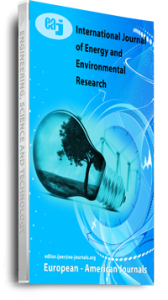The demand and cost of domestic energy in Nigeria is on the increase, primarily due to increasing human population and demand. This is compounded by desertification, increasing cost of electricity, industrialization, lack of alternative such as solar, wind and nuclear energy. Biogas generation and methenation from waste material is on the increase, and a potential means of alleviating the increasing demand for domestic energy. In this study, attempt was made to use sugar cane waste (bites), which is a slight deviation from the traditional use of cow dung as substrate for biogas generation. Emphasis was put on the volume of gas produced per unit volume of sugarcane bites per unit time. The study was carried out in the Department of Biological Sciences, University of Maiduguri, Nigeria, between the month of May and August, 2006. The batch-fed digestion method was used in which 12kg of partially decomposed sugar cane waste was mixed with 10,000cm3 of water and 2000 cm3 of chicken droppings (as inoculant) in an air-tight digester to allow for the anaerobic digestion of the substrate over a period of 50 days. The result revealed a maximum gas production after 24 hours reaching a peak of 330999,33 cm3 (0.331 m3) after seven days of loading at a PH of 8.2 and temperature between 29oC and 44oC. This value fluctuated between zero (0) and 330979.33 cm3 up to the 50th day. The result of this study, thus, demonstrates that sugarcane bite, when composted and particle size reduced to 4cm is good source of biogas. The technique provides domestic rural fuel in addition to environmental sanitation. The end product of the methane (CH4) generation i.e. the slurry is 90% nitrogen, which can serve as bio- fertilizer for organic agriculture.
Keywords: Biogas (Methane), Domestic Energy, Population Nigeria, Sugar Cane

